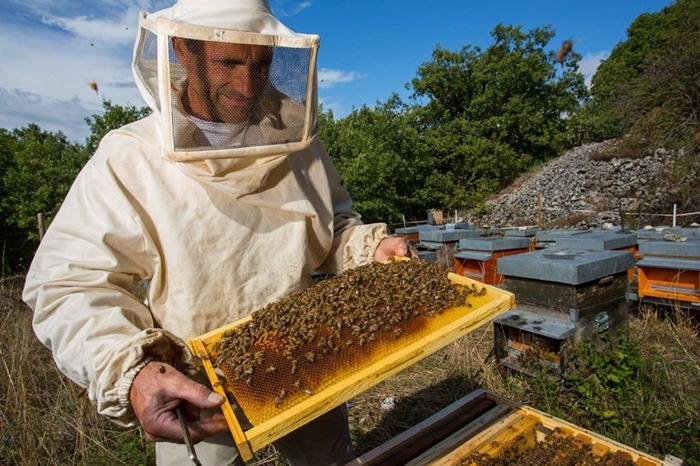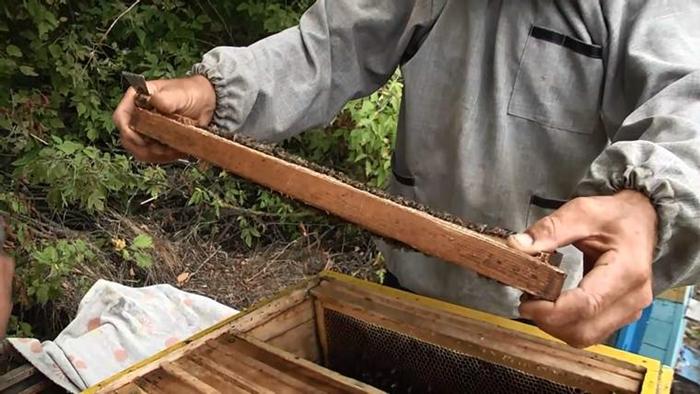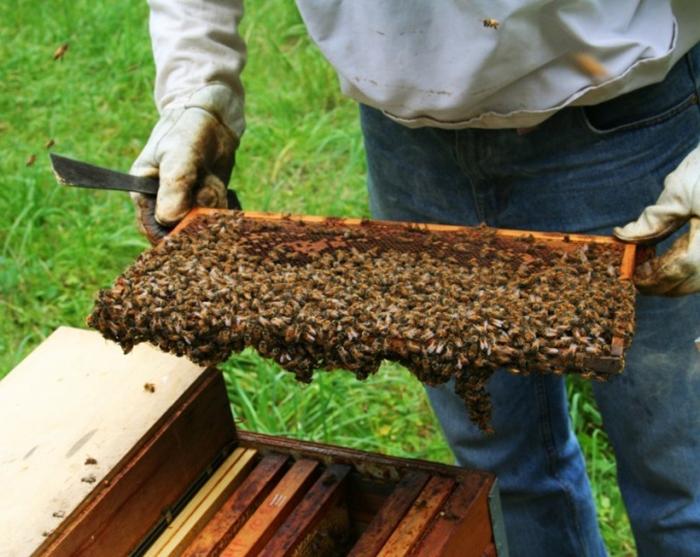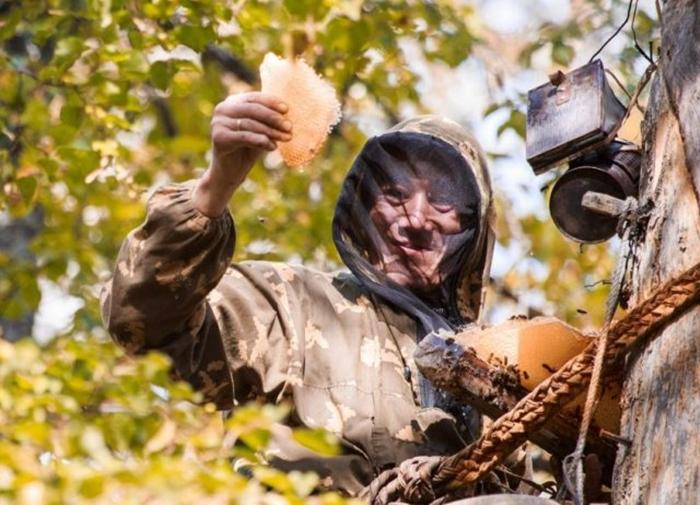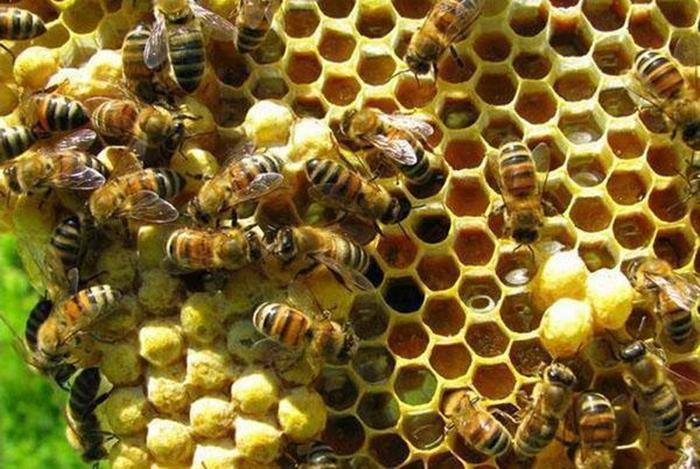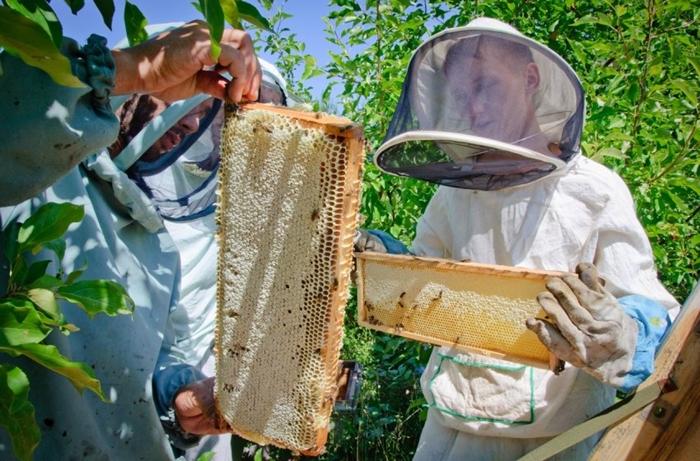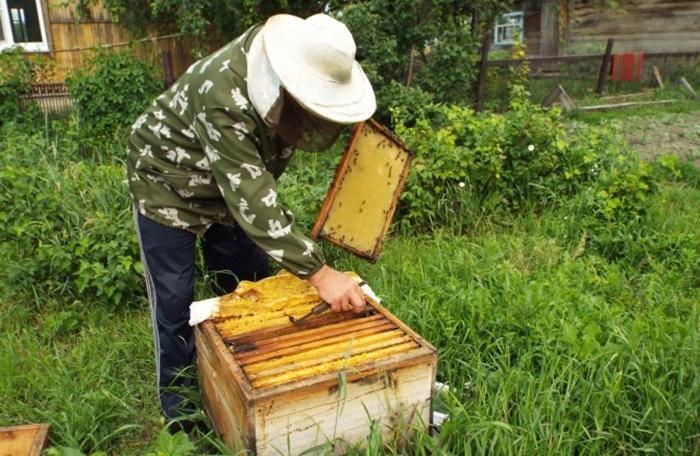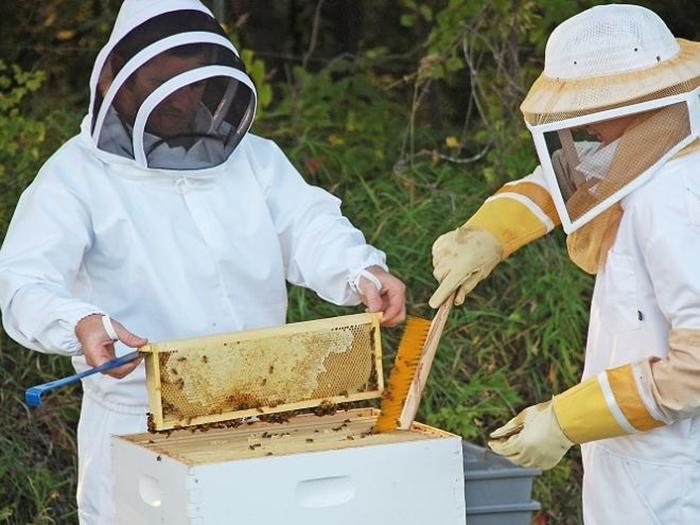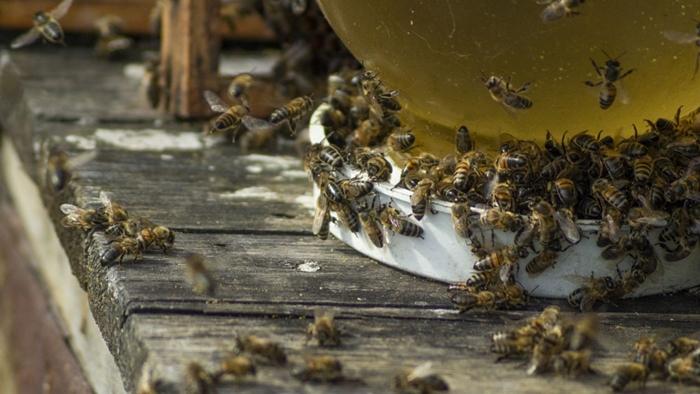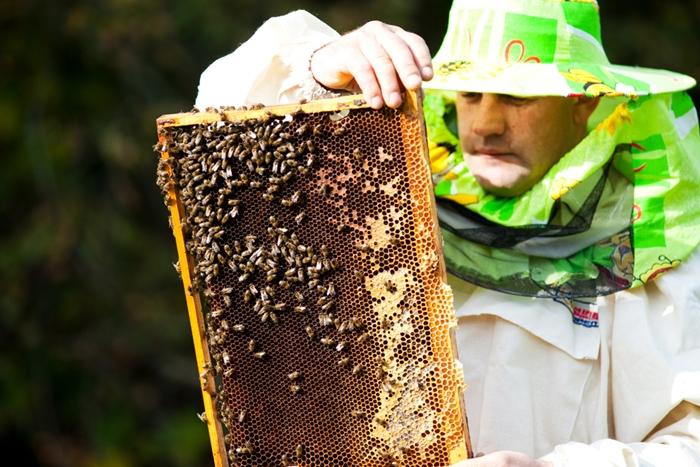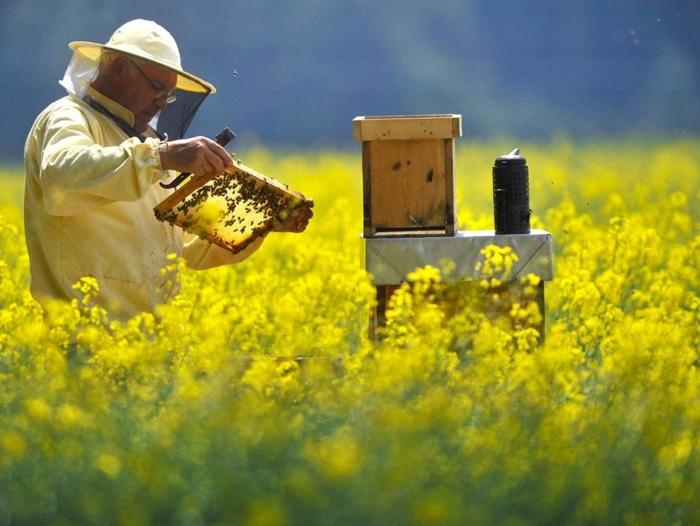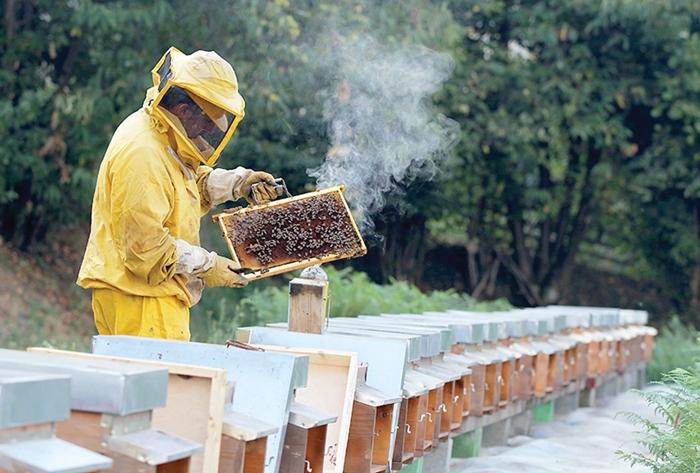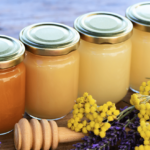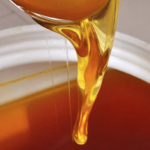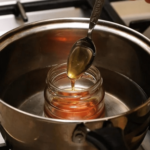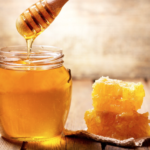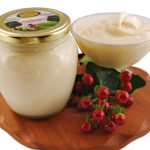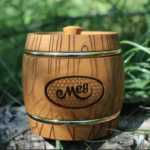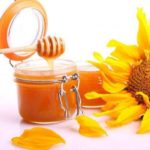How to collect honey correctly, and at what period this procedure should be started, is well known to experienced beekeepers. One of the basic rules that experts strictly follow is that honey must remain in the combs for at least a week. During this time, it acquires healing properties, being saturated with amino acids and enzymes. An insufficiently ripe product contains a lot of water, so its shelf life is limited.
How to know when it's time to collect honey
The main sign by which beekeepers understand that the time for collection has come is the wax caps on the honeycombs.Insects clog the resulting product with them. Thus, they make sure that honey retains its taste and beneficial properties for as long as possible.
You can rely on other signs of readiness:
- When pumping out, the stream forms into a small mound;
- in the control hive, a decrease in nectar mass is observed over several days;
- no new nectar arrives for more than 4 days.
Beekeepers also focus on honey flows, bee activity and take into account the time of year and region.
Features of the first collection
Only unscrupulous beekeepers are able to collect honey while the bees are still collecting honey. In this case, excess water is determined in the product, which affects the quality.
The start time of the first collection depends on several factors: climate zone, weather, season. Beekeepers constantly monitor the appearance of sealed combs in order to promptly begin collection from the hive as soon as possible.
Before the first collection, you need to make sure that the insects have an abundant food source. As a rule, the first honey is in May. But its collection can be done in warm weather. If there is heavy rain during this period, the bees will not be able to collect pollen.
Young insects emerge from the brood. The beekeeper needs to create the necessary conditions for maximum sowing of the frames - provide the bees with food in a timely manner, insulate the hive, and place frames with honeycombs.
The main honey harvest will depend on how much the bee colony grows. As a rule, during the first honey flow, insects actively collect nectar to maintain the vitality of their family.It is for this reason that there is no need to talk about the productivity of the first honey collection.
The main honey flow occurs with the flowering of linden. In the south, this time falls at the beginning of August, and in central Russia - much earlier. It is important for beekeepers to complete pumping before the end of August, because then the bees begin to prepare for the winter period.
Thus, subject to favorable weather conditions and abundantly flowering plants, honey can be pumped out up to four times per season.
It is important to know that removing the product from the hive in September is unacceptable.
Required Tools
Each beekeeper should have the following types of tools in his arsenal:
- different types of honey extractors (machines for extracting the product);
- a kitchen knife or a special electric one (it does not need to be constantly heated);
- spray;
- smoker for dispersing bees from frames.
You will also need a clean cloth and a sieve to filter out any bits of wax.
Preparing containers
For pumping out and subsequent storage of honey, you need a container that is free of foreign odors. The preservation of the quality of honey for a long time, as well as the shelf life, largely depends on the containers. The dishes must be made of materials intended for storing food. To collect honey, it is allowed to use containers made of the following materials:
- metal with lacquered coating inside;
- glass;
- tree;
- ceramics with glazed coating;
- aluminum flasks.
Another important detail that beekeepers know: honey should not be stored in containers larger than three liters.
Collection rules
If the apiary consists of only a few hives, then there is nothing difficult in manually pumping out honey. However, in a large apiary it is necessary to use honey extractors.
Selection begins on the part of the smallest insects, so as not to interfere with their work. Before pumping, prepare tools in advance. The honey extractor must be thoroughly washed, as well as the knives or special forks used to open the honeycombs.
With a honey extractor
Most often there are two types of honey extractors - radial and chordial. They have some differences. The radial placement of the frames allows you to load about 50 honeycombs into one container at a time. No more than four cassettes with honeycombs can be placed in a chordial honey extractor, but honey can be collected from it much faster.
When pumping out the product using a honey extractor, you should take into account that the honeycombs must remain warm, otherwise you will have to heat them up. The printout is made with an electric knife. Many people use an apiary tool or a steam one.
It is no secret to experienced beekeepers that when pumping out honey, wax, larvae and the bees themselves, and sometimes foreign substances, get into it. To do this, you need to have a sieve or other object to filter the product. When the honey collection period begins, the honey extractor and other tools must be ready.
Without honey extractor
If a honey extractor is not available or the beekeeper does not have many hives in the apiary, a manual collection method is used. You need to heat any tool (a knife is often used), use it to open the honeycombs, and then leave the product to drain into the prepared container. This usually takes a day.
After collection, the wax material is left in a cool room. Next, the honeycombs are placed back into the hive.
Further storage
The product can be stored for a long time under certain conditions. The container must be airtight because honey is hygroscopic. The humidity in a room equipped for honey storage should be at least 65%. The optimal temperature is 10-15 °C.
As the temperature increases, the quality of the product changes. First of all, enzyme activity decreases. Long-term storage of honey at temperatures above 45 °C leads to a decrease in the content of aromatic components, and it becomes much darker in appearance. It is advisable to store the product in a dark place. The ideal option is a small, cool pantry.

